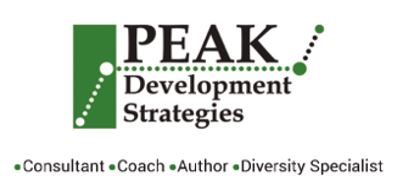
Career transparency, particularly regarding career progression, is essential for attracting and retaining talent in today’s competitive job market. Organizations that prioritize clear communication about career paths and advancement opportunities can significantly enhance employee satisfaction and loyalty.
Understanding Career Transparency
Career transparency refers to the practice of openly sharing information about career development opportunities within an organization. This includes detailing the skills and experiences required for various roles, as well as outlining potential pathways for advancement. By providing this information, companies can help employees make informed decisions about their careers, which is crucial in a candidate’s market where job seekers have numerous options.
The Importance of Career Development Opportunities
According to recent research, the lack of career development and advancement opportunities is one of the primary reasons employees choose to leave their jobs. For instance, findings from McKinsey’s Global Attrition research indicate that missing these opportunities was the number one reason for quitting between April 2021 and April 2022. This highlights the necessity for organizations to establish clear career frameworks that outline potential growth paths.
Benefits of Clear Career Paths
- Employee Engagement: When employees understand how they can progress within an organization, they are more likely to feel engaged and satisfied with their work. This engagement leads to higher productivity levels and a more committed workforce.
- Retention Rates: Companies that communicate transparent career paths are better positioned to retain talent. Employees who see a future within the organization are less likely to seek employment elsewhere, even if they receive offers with higher salaries.
- Skill Development: Clearly defined career paths encourage employees to develop their skills actively. They understand what competencies are necessary for advancement and can take proactive steps toward acquiring them.
- Job Satisfaction: Employees who perceive growth opportunities often report higher job satisfaction levels. This satisfaction stems from a sense of purpose and fulfillment derived from aligning personal aspirations with professional goals.
- Diversity in Hiring: Transparent communication about career opportunities can attract a more diverse pool of candidates. When organizations openly share their commitment to employee development, they signal inclusivity and support for varied backgrounds and experiences.
Consequences of Lack of Transparency
Failing to provide clarity around career progression can lead to several negative outcomes:
- Increased Turnover: Employees may feel stagnant in their roles without visible pathways for advancement, leading them to seek new opportunities elsewhere.
- Decreased Morale: A lack of transparency can foster feelings of frustration among employees who may feel undervalued or overlooked.
- Loss of Talent: High turnover rates not only incur costs associated with recruiting new staff but also result in the loss of valuable institutional knowledge when experienced employees leave.
Conclusion
Building a transparent framework around career progression is not just beneficial; it is essential in today’s labor market where candidates have choices. Organizations that invest in clearly communicating growth opportunities will likely see improved retention rates, enhanced employee engagement, and overall better performance.

Recent Comments